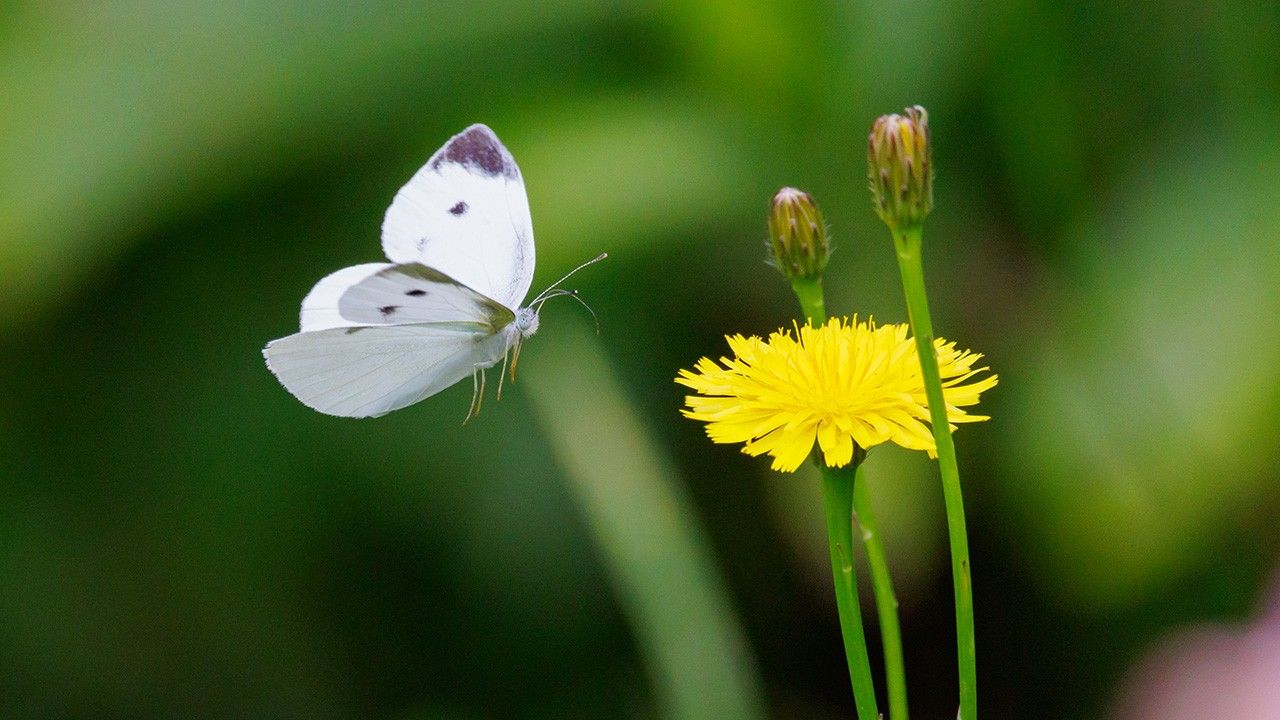
A Journey Through Japanese Haiku
Butterfly Dreaming
Culture Environment Lifestyle- English
- 日本語
- 简体字
- 繁體字
- Français
- Español
- العربية
- Русский
世中よ蝶々とまれかくもあれ 宗因
Yo no naka yo / chōchō tomare / kaku mo are
This world of ours—
Stop there, butterfly,
whatever comes(Poem by Sōin, written in 1676.)
The meaning of this haiku is roughly, “Forget about all the matters of the world, butterfly, and come to rest.” Unpacking the language, tomare kaku mo are is an abbreviated form of to mo are, kaku mo are, signifying “in any case” or “whatever it may be.” However, tomare has a double meaning in the poem, also acting as “stop” in an instruction to the butterfly.
In the background is the ancient Chinese philosopher Zhuangzi’s famous “butterfly dream.” In this account, Zhuangzi dreams that he becomes a butterfly, and after he wakes is unsure whether he really is a butterfly or a man. The poet Sōin (1605–82) may be saying, “It is unnecessary to think deeply about all the problems of the world. Let us live like butterflies, flitting here and there. Acting in human form, or flying as butterflies—we do not know which is real and which is a dream. Hey, butterfly, come and rest on my finger. Whose dream are you?”
(Originally published in Japanese. Banner photo © Pixta.)

